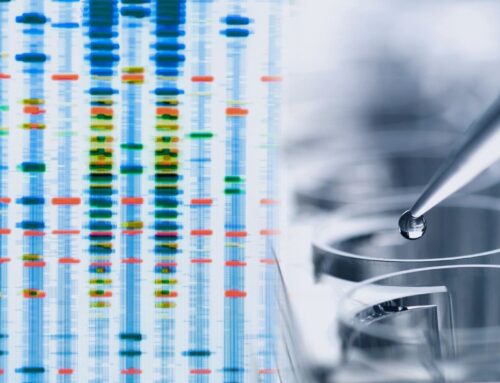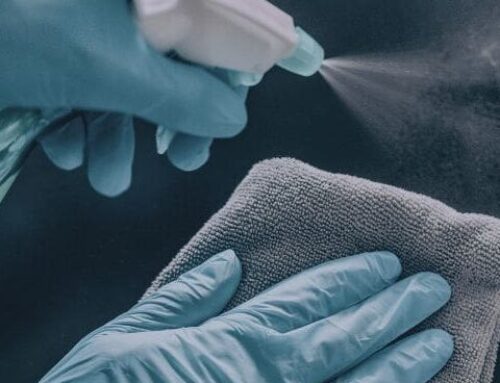| Monkeypox virus was so named because it was discovered in 1958 infecting a population of crab-eating macaques in a research lab. Its primary natural reservoir, however, is rats. The first human case of monkeypox was recorded in 1970 in the Democratic Republic of the Congo. Since then, cases have popped up in countries not commonly known as endemic, likely due to international travel. WHO reports monkeypox transmission occurs from “one person to another by close contact with lesions, body fluids, respiratory droplets, and contaminated materials such as bedding.”

To help control the spread of the recent monkeypox outbreak, the EPA added monkeypox to their Emerging Viral Pathogens (EVP) Guidance for Antimicrobial Pesticides. EVPs are newly introduced or currently existing pathogens that rapidly infect populations. The EVP Guidance is an outline allowing approval of certain off-label surface disinfectant claims for specified rare pathogens. This month, monkeypox joins SARS-CoV-2 on the list of viruses allowed for potential testing claims.
Microchem is monitoring this outbreak and will provide updates if spread continues or if the data suggests it has pandemic potential. Contact Karen Ramm at [email protected] to discuss virucidal test methods and claims. |





